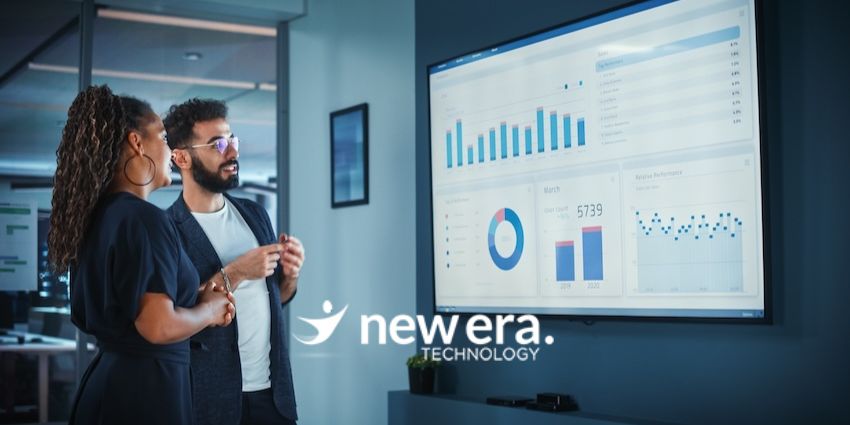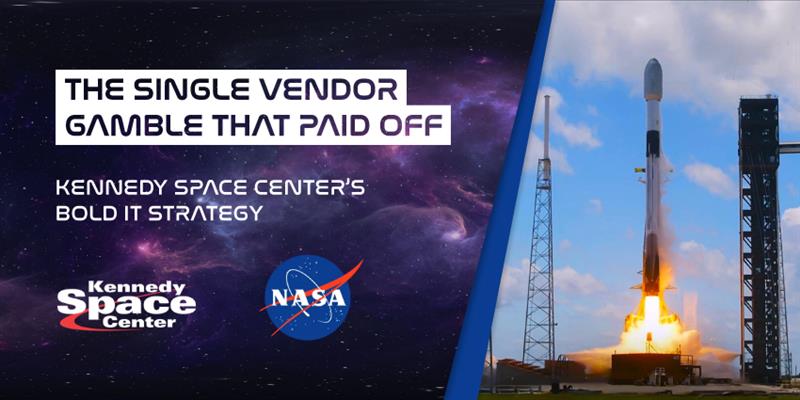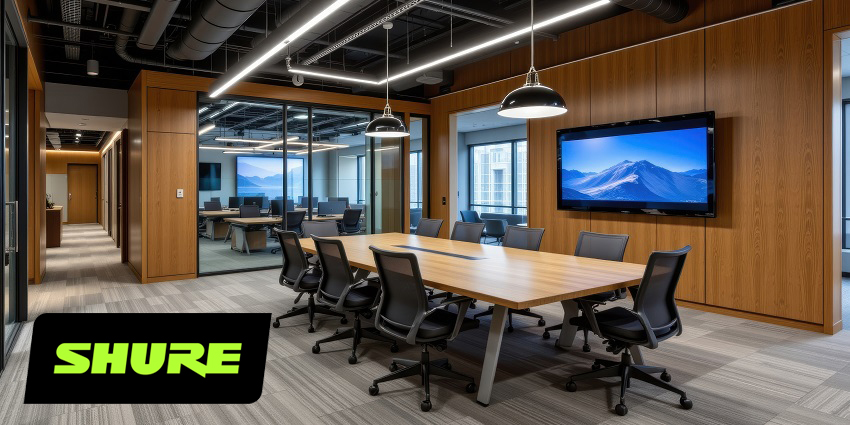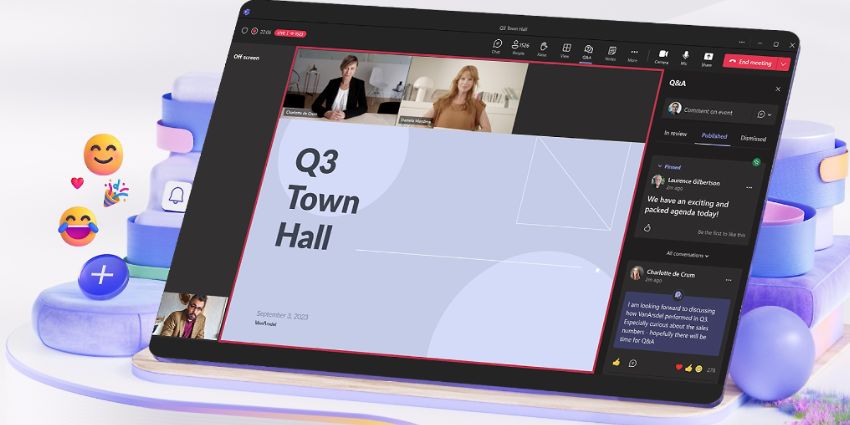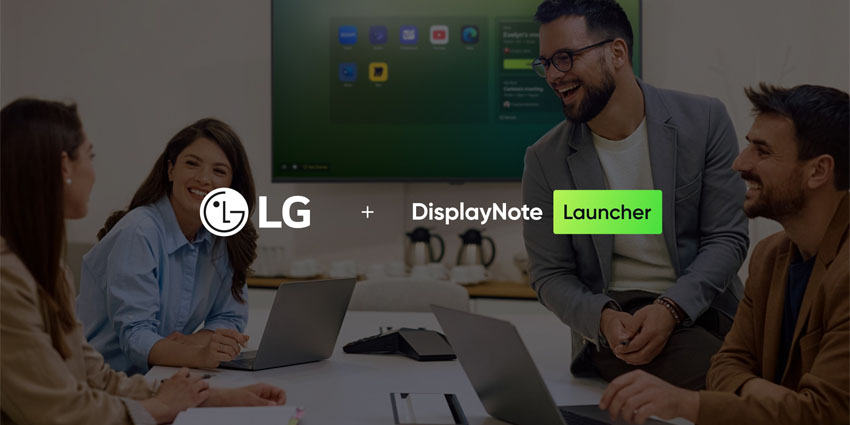The world of work has evolved into a series of connected spaces that encompass IoT, OT and AI to enhance workplace communication and productivity – bridging physical and digital experiences.
In fact, the pace of change is so great that recently coined terms such as ‘modern work’ are already out of date. Instead, we’re entering an era in which users can choose how they communicate and starting from their personal context – the room they use – extending into the devices, platforms and their personal preferences across different spaces. More people want and expect an integrated experience that reflects how they want to work and connect.
Beyond Modern Work
“Corporate customers are trying to create not only a connected experience for their workers but also an immersive, cohesive experience,” explains Ashley Evans, SVP Sales-Global Strategic Partnerships and Business Development at New Era Technology.
“Collaboration tools provide the foundation for modern work, but customers are struggling to understand what people really want from their experience, where they want to sit and why, what is the best space for 8 people trying to build a workflow vs. 8 people reviewing a demonstration, what are the most important experiences people want. This goes far beyond back-to-work and the modern work concept, and places human-centred design and the immersive experience as an organizational priority.”
Evans highlights that New Era Technology has been collaborating with several global pharmaceutical and financial services customers embarking on large commercial real estate projects. They are all developing more flexible and immersive spaces – encompassing around 50 different types of environments, from huddle, conference and break-out rooms to a 400-seat auditorium and areas with large tables for more than 20 people to collaborate.
“For workers at a major pharmaceutical company in NYC, it’s a miraculous transformation from their previous 60-year-old building.” The company created an environment where workers have access to over 30 different types of connected experiences – encompassing meetings to more-lifestyle orientated amenities including daycare, lunch areas and clinics.
“All the while making the technology as invisible as possible,” says Evans. “Meeting equity is taken to a whole new level promoting engagement, using interactive boards, and GenAI assistants and WeWork style meeting spaces interspersed with traditional huddle, conference spaces. The trick is in embedding the corporate culture and its commitment to science and sustainability.”
AI Video Collaboration
The ability to meet the diverse needs of multiple generations within a single building is crucial. The environment should also empower users to explore innovative activities, such as AI-enhanced meeting collaboration.
We often overlook how AI seamlessly operates in the background – compensating for weak connectivity and minimizing ambient noise – to deliver a smoother experience. The beauty lies in its simplicity: it works effortlessly, enhancing our interactions without us noticing. Generative AI assistants can already listen, interpret, offer recommendations, schedule appointments, and retrieve information from various sources to facilitate collaboration – all without requiring a single screen tap.
IoT integration is vital for sustainability and operational efficiency. By monitoring occupancy, comfort levels, and environmental conditions, IoT provides valuable insights into room usage, availability, and performance. Combining IoT with operational technology (OT) enables buildings to function more efficiently and become easier to manage.
Core Priorities for Organizations
To get to this enhanced world of work, organizations need to prepare extensively, Evans explains:
“These programs start 4 or 5 years before anyone occupies the space. Designing immersive experiences 5 years ahead of the building going up requires vision, insight and a lot of cloud.
“We provide customers with global scalable IT support, we simplify operations with quality managed services, and we help them efficiently access and use their data. We basically do the grunt work, and we help them focus on being more competitive.”
The transformative power of video collaboration and UC is shaping the future of work, with these technologies evolving at an unprecedented pace. However, organizations must also consider the psychological and emotional impact of the environments they create. How well does the corporate culture integrate with both physical and digital spaces? What emotional experiences do employees encounter as they navigate between the two?
